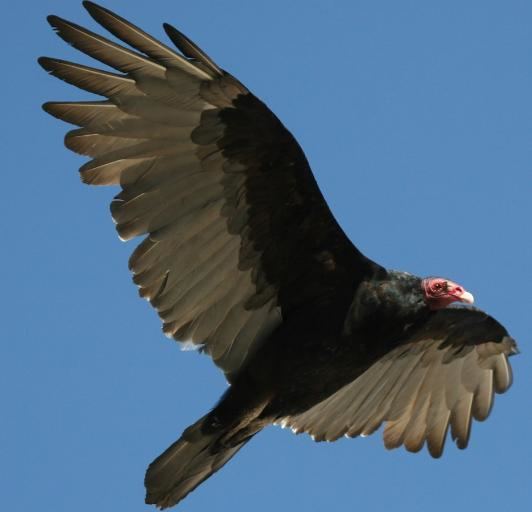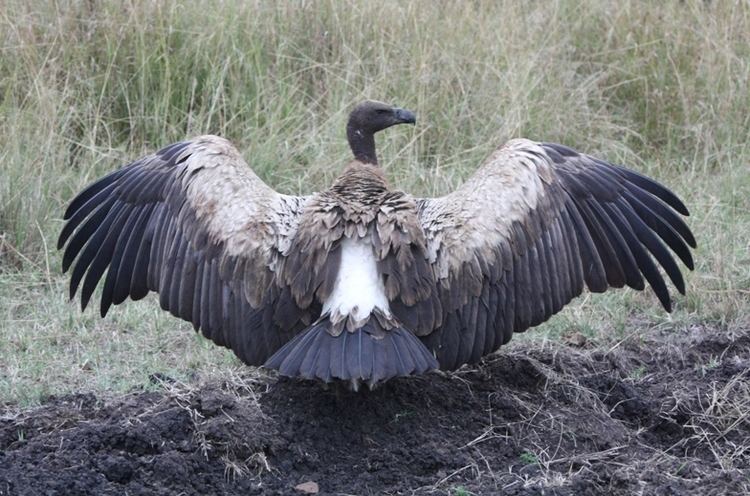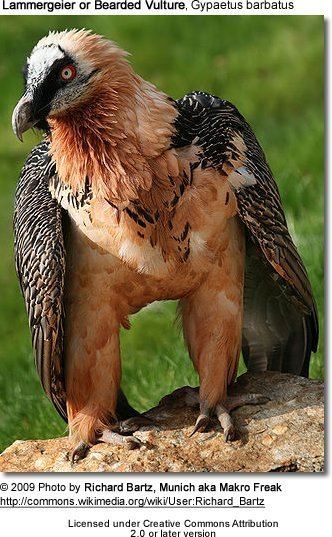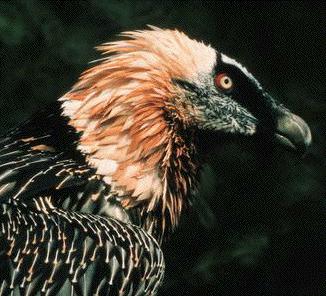Class Aves | Phylum Chordata | |
 | ||
Subfamily Aegypiinae and Gypaetinae Mass Griffon vulture: 6.5 – 11 kg, Red-headed vulture: 3.5 – 6.3 kg Length Griffon vulture: 93 – 120 cm, Red-headed vulture: 76 – 86 cm Representative species | ||
The indian vulture gyps indicus is an old world vulture alipore zoo india
Old World vultures are vultures which are found in the Old World, i.e. the continents of Europe, Asia and Africa, and which belong to the family Accipitridae, which also includes eagles, buzzards, kites, and hawks.
Contents
- The indian vulture gyps indicus is an old world vulture alipore zoo india
- Species
- Diclofenac
- Poisoning
- Traditional medicine
- Conservation efforts
- References

Old World vultures are not closely related to the superficially similar New World vultures and condors, and do not share that group's good sense of smell. The similarities between the two groups of vultures are due to convergent evolution rather than a close relationship. They were widespread in both the Old World and North America, during the Neogene. Old World vultures are probably a polyphyletic group within Accipitridae, with palm-nut vulture, Egyptian vulture and Bearded vulture separate from the others. Most authorities refer to two major clades: Gypaetinae (the aforementioned species, complemented with the Madagascan serpent eagle) and Aegypiinae (Aegypius, Gyps, Sarcogyps, Torgos, Trigonoceps and possibly Necrosyrtes). The former seem to be nested with Perninae hawks, while the latter are closely related and possibly even synonymous with Aquilinae. Within Aegypiinae, Torgos, Aegypius, Sarcogyps and Trigonoceps are particularly closely related and possibly within the same genus.

Both Old World and New World vultures are scavenging birds, feeding mostly from carcasses of dead animals. Old World vultures find carcasses exclusively by sight. A particular characteristic of many vultures is a semi-bald head, sometimes without feathers or with simple down. Historically, it was thought that this was due to feeding habits, as feathers would be glued with decaying flesh and blood. However, more recent studies have shown that it is actually a thermoregulatory adaptation to avoid facial overheating; the presence or absence of complex feathers seems to matter little in feeding habits, as some vultures are quite raptorial.

Species
† = extinct
Diclofenac

Diclofenac poisoning has caused the vulture population in India and Pakistan to decline by up to 99%, and two or three species of vulture in South Asia are nearing extinction. This has been caused by the practice of medicating working farm animals with diclofenac, which is a non-steroidal anti-inflammatory drug (NSAID) with anti-inflammatory and pain-killing actions. Diclofenac administration keeps animals that are ill or in pain working on the land for longer, but, if the ill animals die, their carcasses contain diclofenac. Farmers leave the dead animals out in the open, relying on vultures to tidy up. Diclofenac present in carcass flesh is eaten by vultures, which are sensitive to diclofenac, and they suffer kidney failure, visceral gout, and death as a result of diclofenac poisoning.

The decline in vultures has led to hygiene problems in India as carcasses of dead animals now tend to rot, or be eaten by rats or wild dogs, rather than be consumed by vultures. Rabies among these other scavengers is a major health threat. India has one of the world's highest incidences of rabies.

The decline in vultures causes particular problems for certain communities, such as the Parsi, who practice sky burials, where the human corpses are put on the top of a Tower of Silence and are eaten by vultures, leaving only dry bones.

Meloxicam (another NSAID) has been found to be harmless to vultures and should prove an acceptable alternative to diclofenac. The Government of India banned diclofenac, but over a year later, in 2007, it continued to be sold and remains a problem in other parts of the world.
Poisoning
Poisoning accounts for a majority of vulture deaths in Africa. Ivory poachers poison carcasses with the intent of killing vultures, since vultures circling over a carcass alert authorities to a kill. Vultures are also unintentionally poisoned when they consume carcasses of predators that have been poisoned by livestock farmers.
Traditional medicine
Vultures in Africa are killed for use in traditional medicine. Vulture heads are believed to provide clairvoyance.
Conservation efforts
A project named "Vulture Restaurant" is underway in Nepal in an effort to conserve the dwindling number of vultures. The "restaurant" is an open grassy area where naturally dying, sick, and old cows are fed to the vultures.
